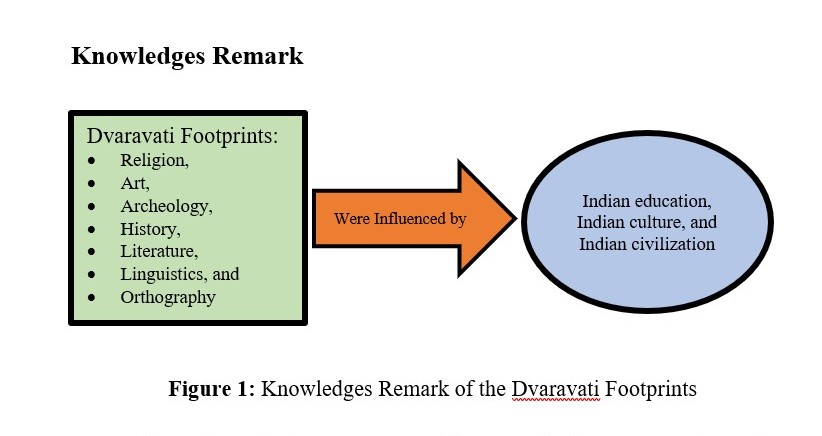The Dvaravati Footprints from the Study of Paleography
Main Article Content
Abstract
Dvaravati was an ancient kingdom in Thailand before the Sukhothai period, approximately the 12th–16th Buddhist centuries. The villagers have started to create a common culture, religion, and language, which many archaeologists discovered in antiques, ancient monuments, and inscriptions in the area. The most important evidence in historical and archaeological research are the inscriptions that have been inscribed on archaeological sites and objects. The letters on inscriptions have been modeled from the original Pallava alphabets brought together with the local language and gradually became specific characters, which were the ancient Mon and ancient Khmer alphabets. Moreover, there was an adoption of the language patterns of India; for example, Pali was used for Buddhist stories, and Sanskrit was used for stories about Brahmin-Hinduism. The language was chosen to be a tool for communication for the majority of people; therefore, it appears in many inscriptions.
Article Details
References
Fine Arts Department, (1986), Inscriptions in Thailand Volume 1, Pallawa
characters, After Pallawa in the 12th-114th Buddhist century, Bangkok: Parbpim printing house.
Fine Arts Department, (1986), Inscriptions in Thailand Volume 2, Pallawa
characters, Mon Pallawa characters in the 12th-21th Buddhist century, Bangkok: Parbpim printing house.
Sakchai Saisingha, (2019), Dvaravati art and early religious culture in
Thailand, Second Edition (Revised Edition), Nonthaburi: Muang Boran press.
Thida Saraya, (2009), Thai civilization, Third Edition (Revised Edition)
Bangkok: Darn Sutha press.
Archaeological Office and Ratchaburi National Museum 1th. (1998). Khu Bua:
Relationship with Dvaravati neighboring communities, Bangkok: Fine Arts Department.


